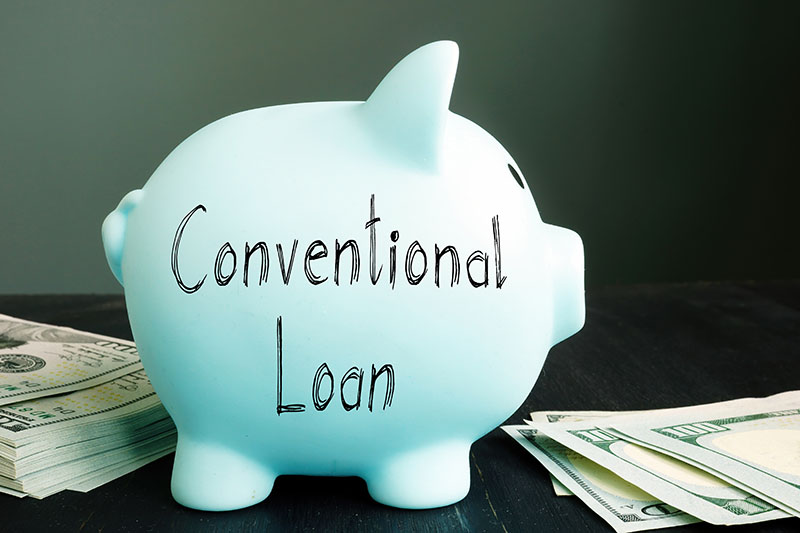Learn everything you need to know about buying a home.
I am education based Loan Officer. Please read through the articles below to help you learn more about the home buying process.
A Step-by-Step Guide to Shopping for a New Home
Whether this is your first or tenth home purchase, shopping for a new home is an exciting time. It can…
First-Time Homebuyer’s Checklist
Ready to purchase your first home? Use this easy-to-follow checklist to navigate the path to home ownership. Determine Your Budget:…
Understanding Cash to Close
If you have received your Closing Disclosure from your lender, you are almost done with your home buying journey. The…
How to Get Preapproved for a Mortgage
Before you begin your new home search, talk to a lender about getting preapproved for a mortgage. This important step…
5 Strategies to Save for a Home
Buying a home is a big purchase, one that takes time to save up to afford. Many homebuyers use a…
Expenses First Time Home Buyers Need to Save For
If you are getting ready to purchase your first home, there are a few expenses that you need to prepare…
Finding the Right Location to Buy a Home
They say that buying a home is all about location, location, location. But what if you do not know what…
Understanding an Appraisal Contingency
When buying a new home, you have the chance to put in a number of contingencies to the purchase contract…
Should I Buy or Rent?
The biggest question those considering homeownership need to answer is simple: Should I buy or rent my home? Here is…
How Much Income Do I Need to Buy a House?
Homeownership is not just for the ultra wealthy. While income is an important factor when buying a house, knowing exactly…
What You Need to Know About Cosigning a Mortgage
If your credit, debt, or income is keeping you from buying a house, you may be tempted to have another…
Popular Loans for Buying a Home
Finding a great deal on your home purchase requires that you understand the different types of home loans available. Here…
How to Buy a House with No Money Down
Do you dream of homeownership but can’t come up with the required down payment? Don’t worry. You may be eligible…
Do I Need a Realtor to Buy a House?
When you are ready to make a new home purchase, the first thing to consider is who you want on…
How Much Do I Need for a House Down Payment?
One of the first hurdles that potential homeowners must overcome is saving up a down payment. It can take years,…
A Home Appraisal Checklist
Searching for and finding the perfect new home is just one step of the home buying process. Once you find…
What Is an FHA Mortgage Insurance Premium?
FHA mortgages are great for homebuyers without a sizable down payment or with low credit. Each situation is unique and…
A Home Inspection Checklist
When purchasing a home, it is always a good idea to have it professionally inspected. Many lenders even require it…
What to Look for in a Neighborhood When Buying a House
Evaluating a potential new home’s features is just one part of finding the perfect place to buy. You should also…
Buydown to Reduce Your Mortgage Interest Rate
If you are buying a home, you have probably looked at all kinds of ways to reduce your monthly mortgage…
Buying a House without a Real Estate Agent
Working with a real estate agent can be very helpful when purchasing a house, especially if you are a first-time…
How Long Does It Take to Buy a House?
The home buying process is exciting but can be lengthy, especially if you have a purchase fall through and have…
How to Determine if You Are in a Buyer’s Market or Seller’s Market
Being a savvy real estate buyer or seller requires that you know and understand the market conditions. This includes the…
How to Get Your House Ready to Sell
You’ve mastered the process of home buying, but are you ready to be a seller when it’s time to move…
Negotiating a House Price as a Buyer
Buying or selling a home often comes with some negotiation. In fact, it is expected and normal for both parties…
How to Know When You Should Buy a House
Do you enthusiastically pore over home listings on online platforms in your spare time? Is driving around looking for For…
What Is the Average Down Payment for a Home?
One of the biggest hurdles to homeownership is saving up the all-important down payment. It can impact how much house…
What are your goals?




























